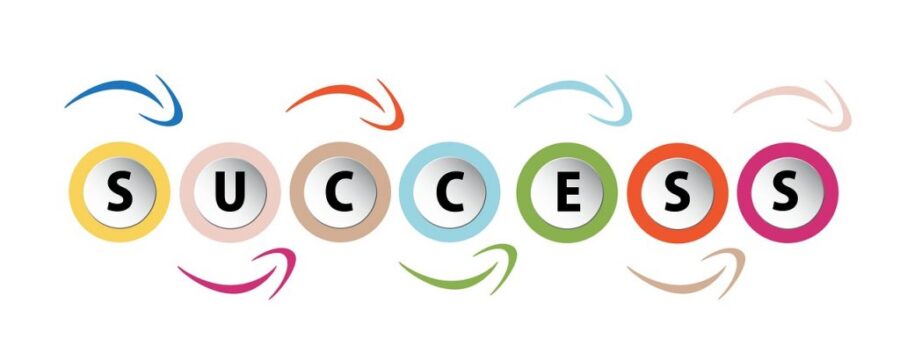4 Ways to Make Your Management Skills More Effective
A good leader provides constant motivation to his/her team to help them maintain excellence and quality in results. A good leader always looks for ways to improve efficiency and quality, especially if this can be done by simplifying processes or without increasing an employee’s workload. Here are some skills you can sharpen to boost your leadership skills and help your team be more effective and increase results. 1-Wander Around Do you remember M.B.W.A. aka Management By Wandering Around? It’s still the best, even if it’s a “virtual MBWA”. Observation often gets neglected due the demands on a leader’s time and schedule. Find ways to schedule regular visits to your team’s work environment into your calendar. If your office is nearby, try blocking out a few minutes before or after lunch to walk through and check on your team. If you’re far away from your team, stay connected and use technology like video calls. Also, when possible travel to their location and spend time working with them on a regular basis. When you visit, notice workflow and ask questions. Is everything going okay? Does everyone understand what they’re working on? If not, who is the best person to assist them? Observing employees work procedures and the work flow is foundational to implementing adjustments and improving results. To have credibility, a leader must be seen and trusted to be up to date with what is happening in the work place. 2-Feedback and Praise Fair monitoring helps keep the ship on course and gives employees confidence when expectations are clear. Give feedback regularly, especially when things are going well. It’s easy to fall into the trap of only confronting an employee when there’s a problem. Regular praise and feedback help raise employee morale. Everyone likes to feel appreciated. Do your best to provide quick individual assessments on a regular basis. Think of the time and energy you spend on feedback as a direct investment in your team. Set goals with your team and any leaders who work with you. Make sure everyone understands the role they play in reaching those goals. 3-Demonstrate Working Knowledge and Expertise Have you ever seen the show Undercover Boss? One common theme that runs through each episode is the way the leaders have become detached from the actual workings of their businesses. They may have lost touch with how difficult the job can be or may have inadvertently implemented policies or procedures which actually make the average worker’s job harder while not providing adequate compensation for the changes. Good leaders stay connected to their workers. If you do not possess the expertise and knowledge needed for tasks employees regularly complete, consult them regularly and LISTEN. This is important in order to maintain an accurate and informed overall picture of the business. 4-Ability to Anticipate To keep on the cutting edge in business, it’s vital to be open and curious about upcoming trends. While managing the present to ensure ongoing excellence, a good leader also looks towards the future. [...]









